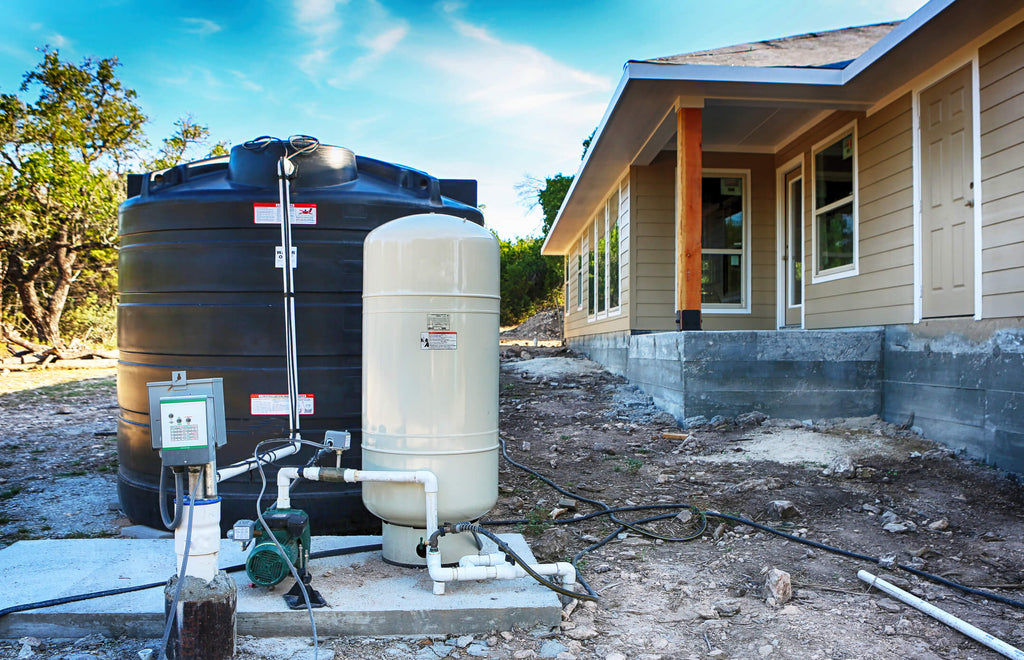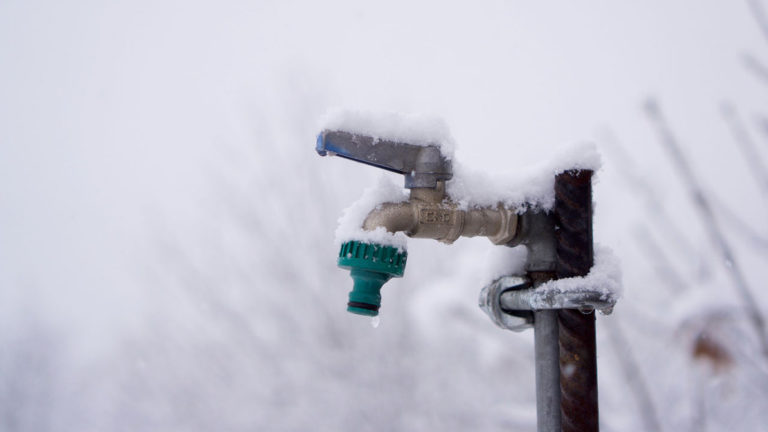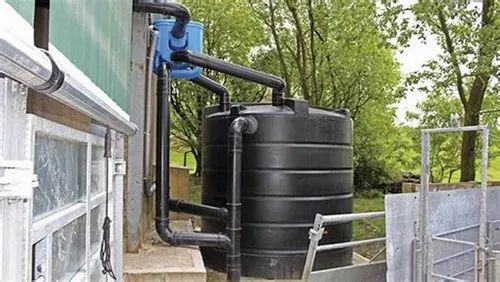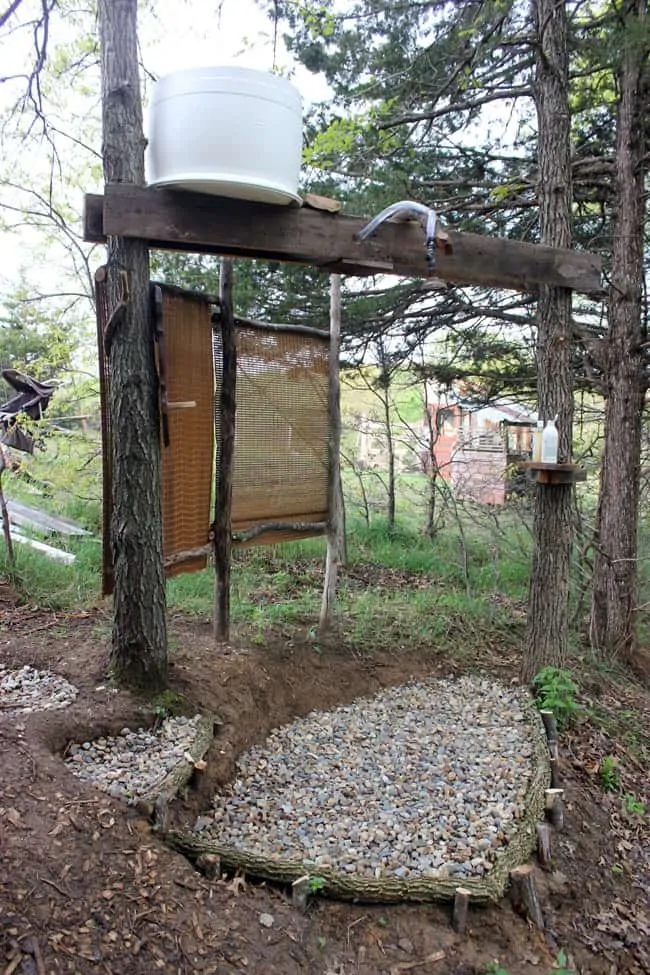Well issues can be frustrating and disruptive to our daily lives.
From mysterious leaks to sudden stops in water flow, these problems can leave us feeling powerless and unsure of what to do next.
With this comprehensive guide, you’ll learn how to troubleshoot common well issues like a pro and find DIY solutions that can save you time and money.
By understanding the root causes of these problems and taking preventative measures, you’ll be able to keep your well running smoothly and efficiently for years to come.
So let’s dive in and get started!
Check the pressure gauge
One of the first things to check when you notice a problem with your well is the pressure gauge. If the pressure is low, it could indicate a leak or a problem with the pump.
The pressure gauge measures the pressure of water in the well, and if the pressure is low, it could indicate a leak or a problem with the pump.
A low pressure reading can be caused by a variety of factors, such as a crack in the casing or a broken impeller blades in the pump.
Low pressure can also indicate a blockage in the well or a malfunctioning controller.
By checking the pressure gauge, you can quickly identify the source of the problem and take the necessary steps to address it, potentially saving you time and money in the long run.
It is essential to regularly check the pressure gauge to ensure that your well is operating efficiently and to detect any potential issues before they become more serious problems.
Look for leaks
Leaks can cause a drop in water pressure and can be a sign of a more serious issue. Check the well casing, cap, and surrounding area for any signs of leaks or damage.
If you notice a drop in water pressure, it could be a sign of a leak in your well system.
Leaks can occur in various parts of the system, including the well casing, cap, and surrounding area.
To check for leaks, you should first turn off the pump and wait for the pressure to dissipate.
Then, check the well casing and cap for any signs of cracks or damage.
Look for any visible water leaking from the well or the surrounding area.
Check the well’s grouting and sealants for any signs of deterioration or damage.
Any leaks or damage found should be addressed promptly to prevent more serious issues and to maintain a safe and reliable water supply.
Check the pump
A faulty pump can cause a drop in water pressure. Check the pump for any signs of damage, corrosion, or wear and tear.
When it comes to maintaining a reliable and efficient plumbing system, the pump is a important component that requires regular attention.
A faulty pump can cause a drop in water pressure, leading to inadequate water supply throughout the home or business.
To avoid this issue, it’s essential to check the pump regularly for any signs of damage, corrosion, or wear and tear.
Start by inspecting the pump’s housing and motor for any cracks, dents, or signs of overheating.
Check the impeller and volute for any damage or wear, and ensure that the shaft and bearings are properly lubricated.
Check the pump’s electrical connections for any signs of damage or wear.
By performing these simple yet essential checks, you can help prevent costly repairs and ensure a smooth-running plumbing system.
Check the motor
The motor can also cause a drop in water pressure if it is not functioning correctly. Check the motor for any signs of damage, corrosion, or wear and tear.
When it comes to maintaining a water pressure system, it’s essential to check the motor regularly for any signs of damage, corrosion, or wear and tear.
The motor is responsible for powering the system and if it’s not functioning correctly, it can cause a drop in water pressure.
Look for any signs of physical damage, such as cracks or frayed wires, and check for any corrosion or mineral buildup that may be affecting the motor’s performance.
Check the motor’s bearing and shaft for any signs of wear, as these can cause the motor to vibrate and create imbalances in the system.
By regularly checking the motor and addressing any issues promptly, you can help ensure the system is running at optimal levels and minimize the risk of any costly repairs or replacements.
Check the controller
The controller can cause a drop in water pressure if it is not functioning correctly. Check the controller for any signs of damage, corrosion, or wear and tear.
The controller is a important component of your irrigation system, responsible for regulating water pressure and ensuring efficient distribution to your plants.
If the controller is not functioning correctly, it can cause a drop in water pressure, leading to under-watering or over-watering of your crops.
To avoid these issues, it’s essential to check the controller regularly for any signs of damage, corrosion, or wear and tear.
Check for cracks, fissures, or signs of corrosion on the controller’s body and connectors.
Also, inspect the electrical components, such as the solenoids and sensors, for any signs of wear or damage.
If you notice any issues, repair or replace the controller accordingly to ensure optimal performance and prevent any potential damage to your plants.
By checking the controller regularly, you can catch any problems early on and prevent them from escalating into more significant issues.
Check the drop pipe
The drop pipe can cause a drop in water pressure if it is clogged or damaged. Check the drop pipe for any signs of damage or debris.
If you notice a drop in water pressure, one of the potential causes could be a clogged or damaged drop pipe.
The drop pipe is responsible for delivering water from the water meter to your home, and any obstructions or damage to this pipe can significantly impact your water pressure.
To check the drop pipe, first locate the pipe that runs from the water meter to your home.
Look for any signs of damage, such as cracks, leaks, or blockages.
Check for any debris or sediment that may be accumulated inside the pipe.
Debris can include leaves, dirt, or other materials that may have entered the pipe through the meter or other points of entry.
To ensure a proper inspection, you may need to remove any covers or access panels that conceal the drop pipe.
Once you have access to the pipe, inspect it thoroughly for any signs of damage or blockages.
If you find any damage or blockages, it is essential to address them promptly to prevent a complete failure of your water supply.
Check the shut-off valve
The shut-off valve can cause a drop in water pressure if it is not functioning correctly. Check the shut-off valve for any signs of damage, corrosion, or wear and tear.
The shut-off valve is a important component in your plumbing system, and it’s essential to ensure that it’s functioning correctly to avoid any potential issues.
If the shut-off valve is not working as it should, it can cause a significant drop in water pressure, which can lead to a variety of problems, including low water pressure, water leaks, and even complete system failure.
Therefore, it’s essential to regularly inspect and maintain the shut-off valve to ensure that it’s in good working condition.
Look for any signs of damage, corrosion, or wear and tear on the valve’s components, such as rust, mineral buildup, or cracks.
If you notice any of these signs, it’s important to replace the valve immediately to avoid any further issues.
By checking the shut-off valve regularly, you can prevent these issues from occurring and ensure that your plumbing system is functioning at its best.
Check for air in the system
Air in the system can cause a drop in water pressure. Check the system for any signs of air leaks or moisture.
When checking for air in the system, it is important to look for any signs of air leaks or moisture.
Air in the system can cause a drop in water pressure, which can lead to reduced water flow and potentially cause serious damage to your home’s plumbing system.
To check for air in the system, start by visually inspecting all the connections and fittings for any signs of leaks or moisture.
Look for any water droplets or condensation on the pipes, fittings, or connections.
If you notice any signs of air leaks or moisture, take immediate action to repair the issue.
In addition to visual inspection, you can also use a pressure gauge to check for air in the system.
Attach the pressure gauge to a union or a valve that is located before the pressure tank or pump.
Then, slowly open the valve or vent the system to depressurize it.
If the pressure gauge shows a pressure drop, it indicates that there is air in the system.
To locate the source of the air, you can listen for the hissing sound of escaping air or use a UV dye test to identify the location of the leak.
Once you have located the source of the air, repair the leak promptly to prevent further damage to your home’s plumbing system.
Want More? Dive Deeper Here!
Hey there! If you’re the type who loves going down the rabbit hole of information (like we do), you’re in the right spot. We’ve pulled together some cool reads and resources that dive a bit deeper into the stuff we chat about on our site. Whether you’re just killing time or super into the topic, these picks might just be what you’re looking for. Happy reading!






